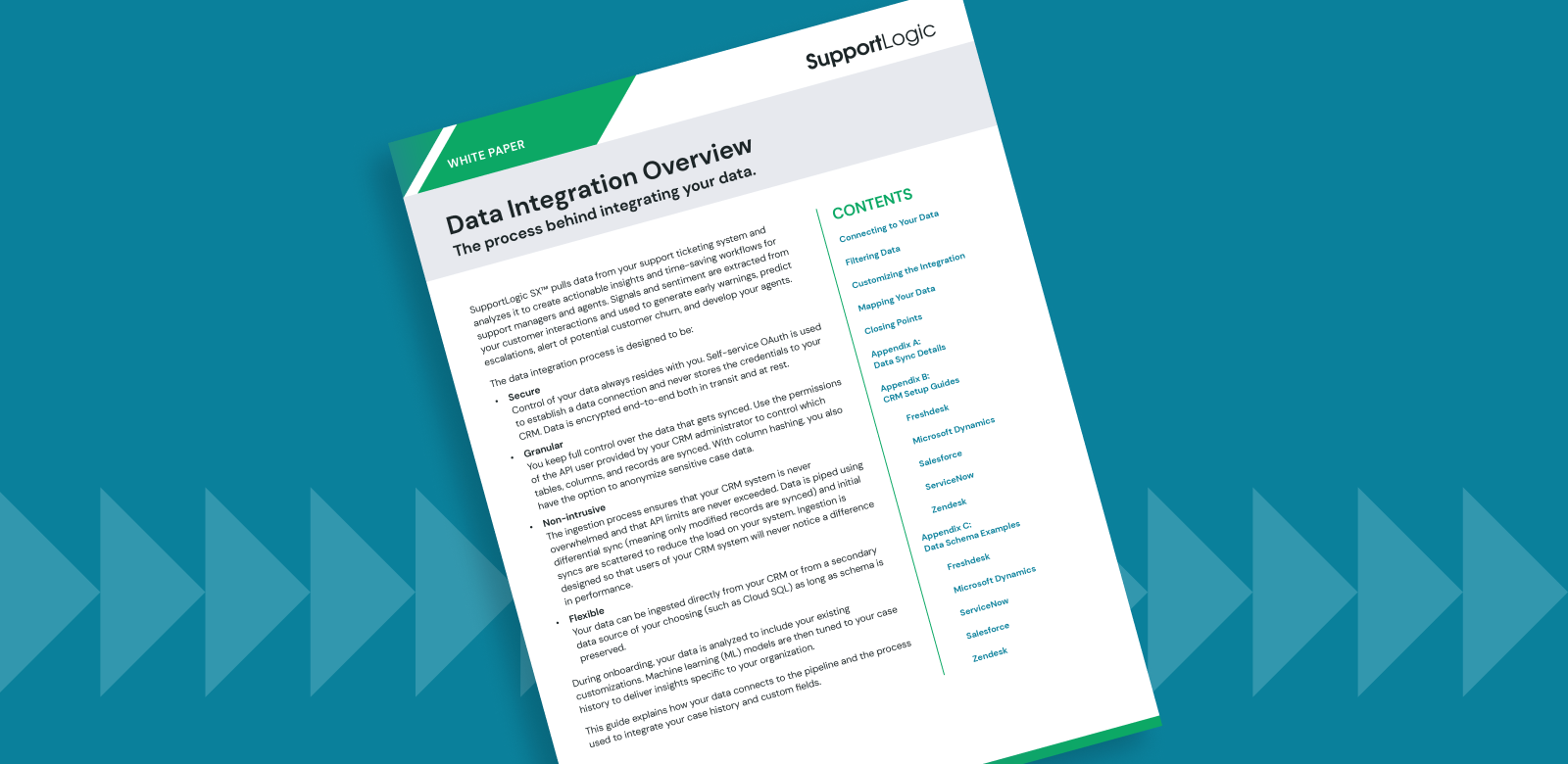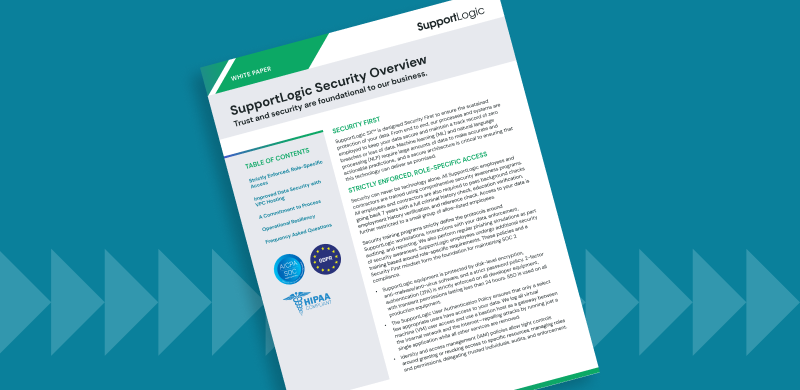
What is Customer Sentiment Analysis and Ways It Improves the Customer Experience
We often discuss the value you can extract from unstructured customer data. But how do you use that data to improve the customer experience (CX) in immediate, tangible ways? The answer lies in customer sentiment analysis.




